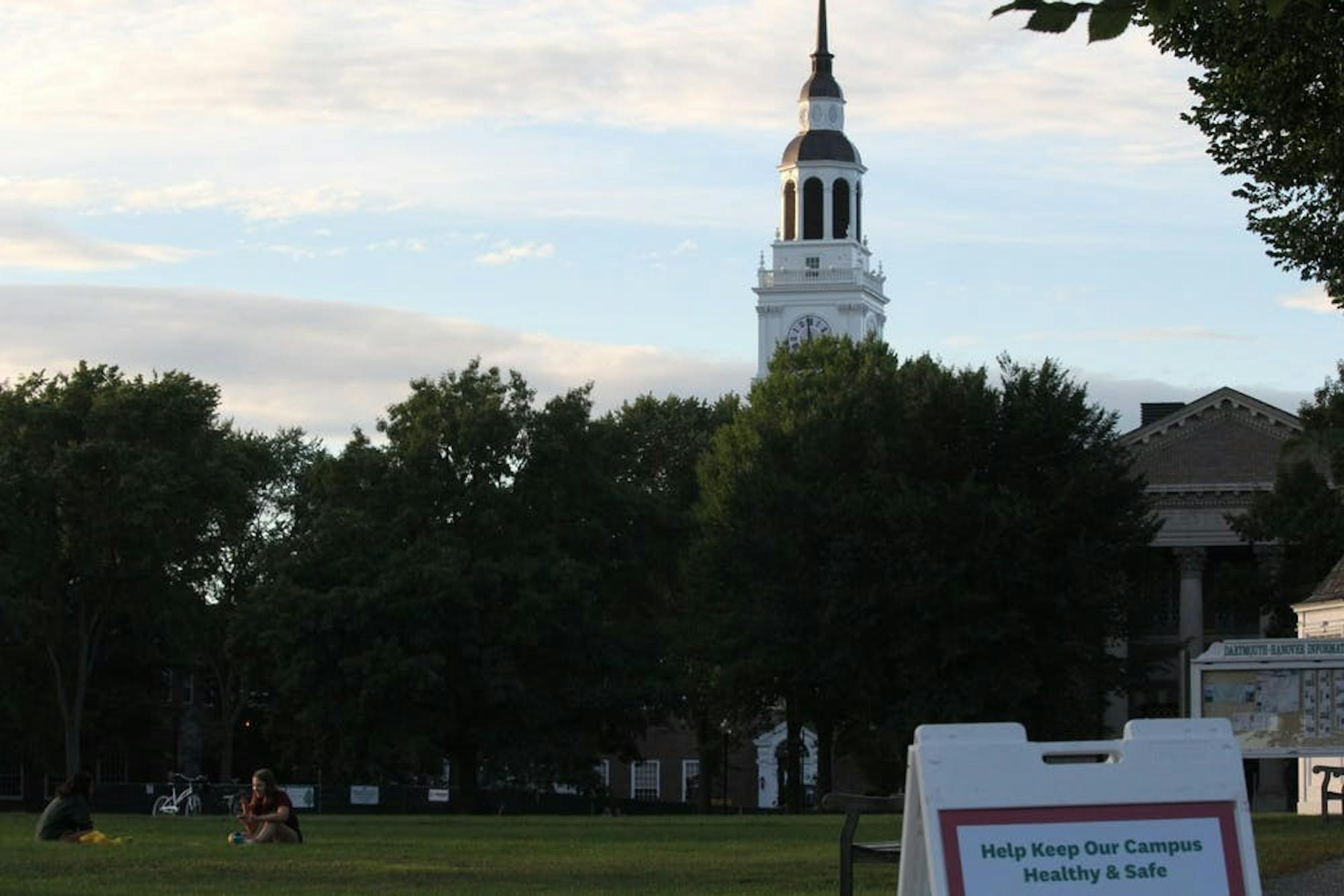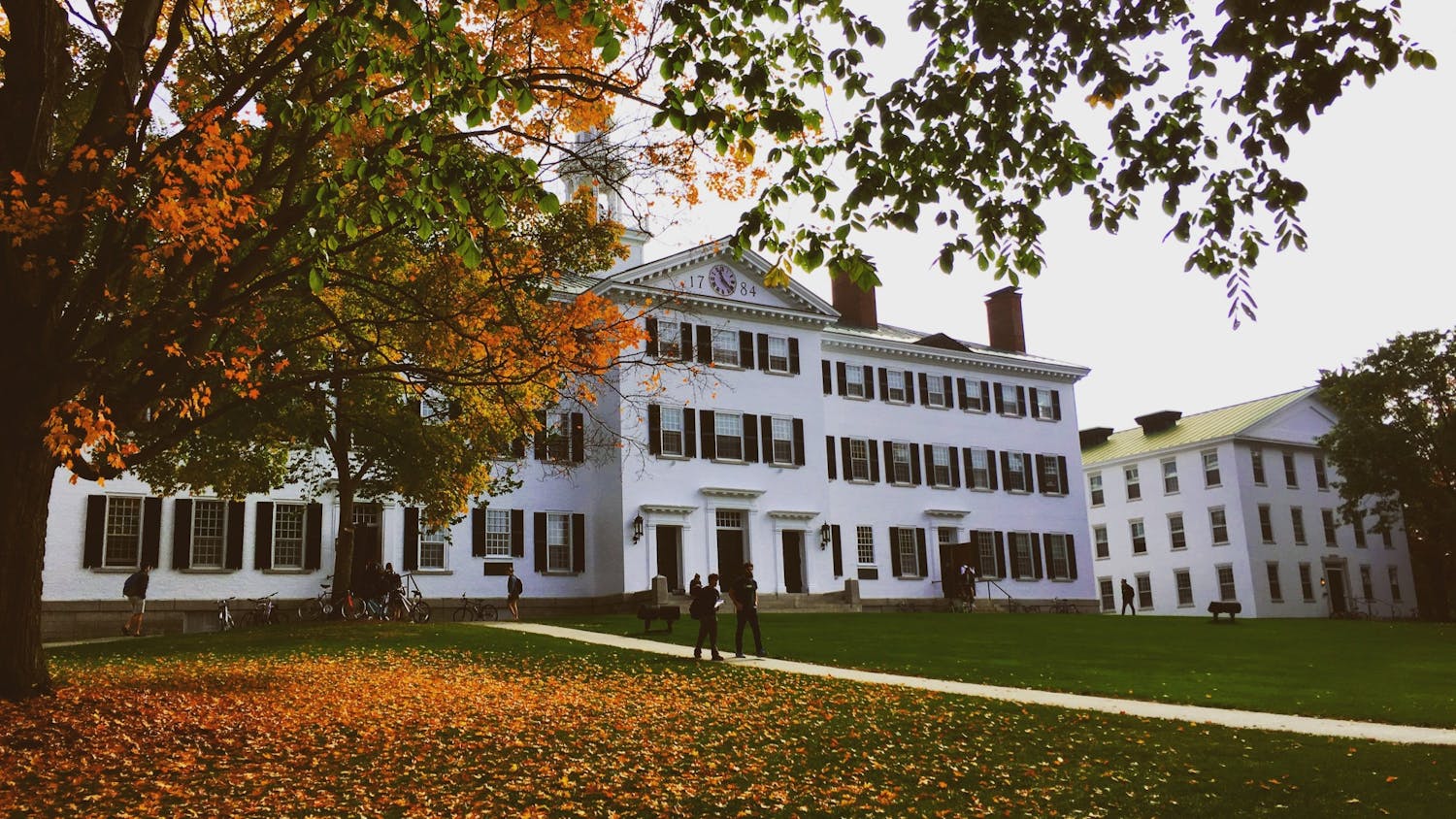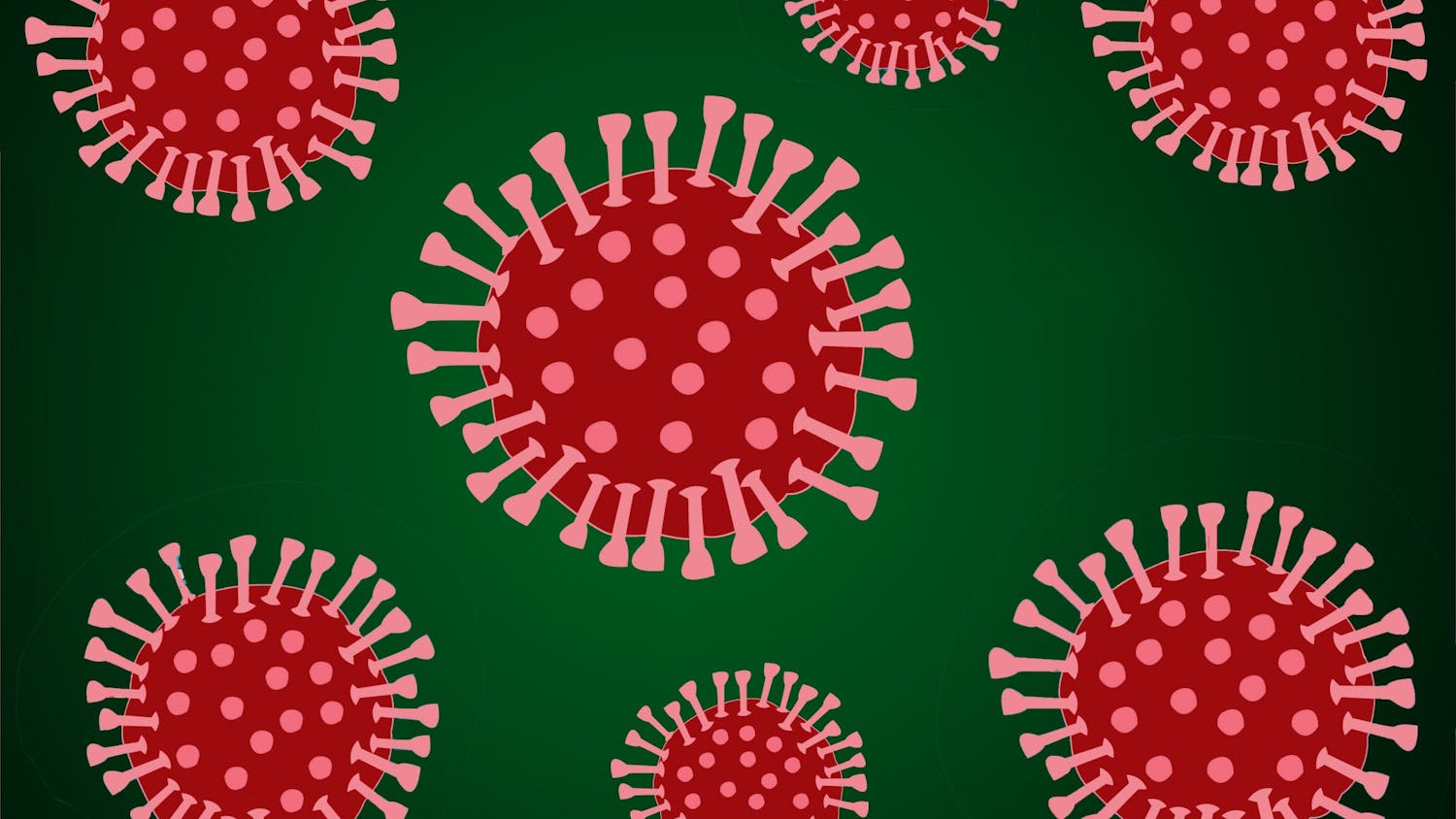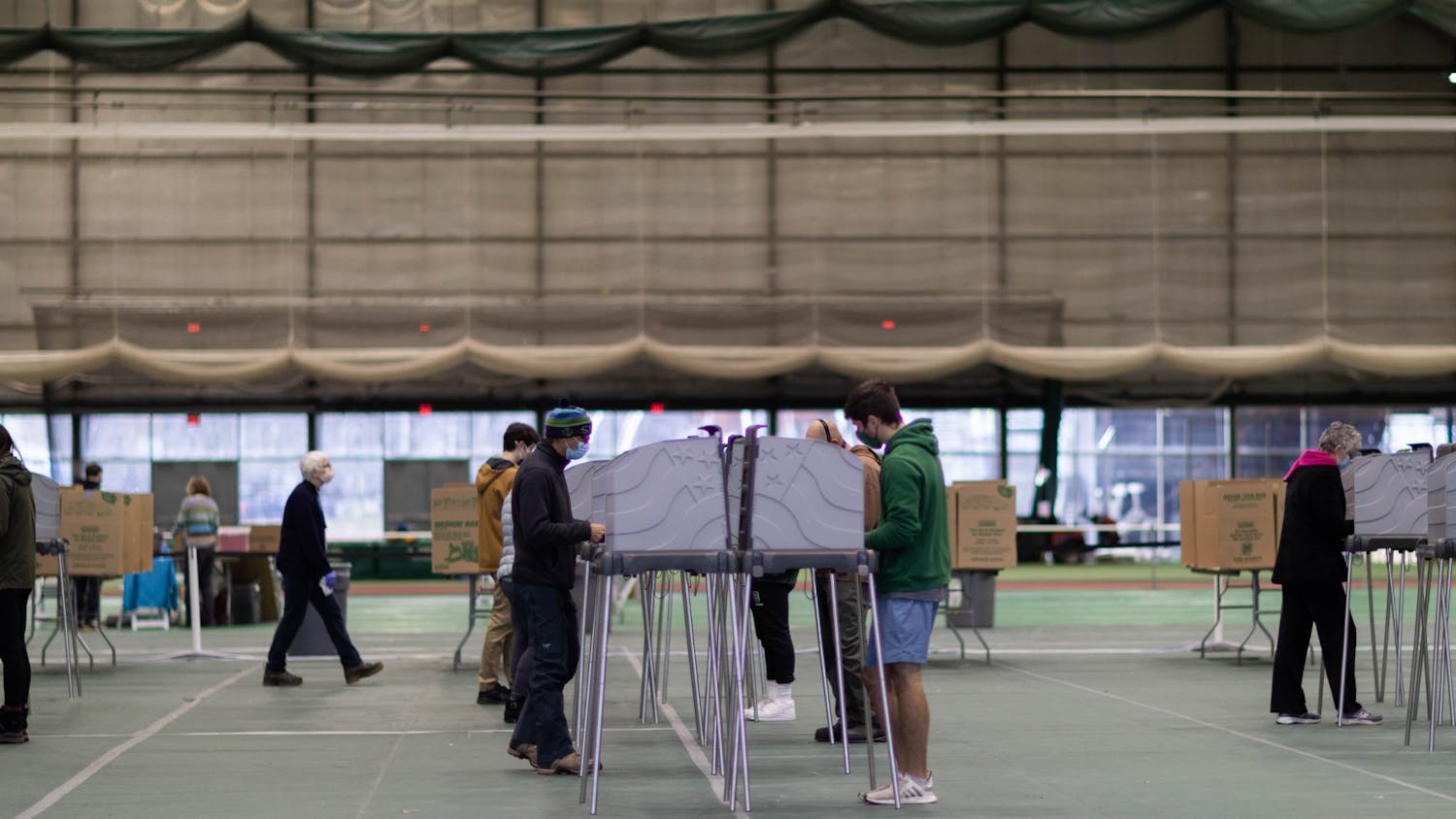Although the Upper Valley was able to sustain a lower number of COVID-19 cases than other parts of the country throughout much of the pandemic, the region has seen an uptick in cases since the fall, following national trends.
On Jan. 23, New Hampshire reported a seven-day average of 804 new active cases, whereas Vermont reported 142 new cases on a seven-day average. These numbers have spiked considerably since Nov. 1, when seven-day averages of 127 and 18 were reported in New Hampshire and Vermont, respectively — over a sixfold increase in both states.
Among New Hampshire counties, Grafton County has the second-lowest seven-day average of cases per 100,000 people, with 42 active cases, following Merrimack County’s 37. Meanwhile, Windsor County in Vermont — which includes the neighboring towns of Norwich and Hartford, has seen 22 cases on a seven-day average, yet it still has one of the higher case counts among counties in Vermont.
Despite the high case counts, there has been a “plateau” in the curve over the last two weeks, according to New Hampshire deputy state epidemiologist Elizabeth Talbot, meaning that numbers are not rising as quickly as they had been in recent months.
She added that health experts are “hopeful” the plateau will be sustained.
Anne Sosin, program director at the Center for Global Health Equity, noted that the spread of the virus is unpredictable and depends on human behavior and local policy.
“[The trajectory in] the Upper Valley depends on how well we manage it at the state and regional level,” Sosin said. “Vermont's state leadership has done far better in managing the pandemic than New Hampshire's leadership.”
Sosin noted that the state of Vermont implemented “targeted restrictions to reverse the trends,” including aid directed specifically towards its vulnerable populations. Among these measures, she cited a “robust” eviction moratorium, a moratorium on some utility shut-offs, rehousing homeless populations from congregate shelters to motels and providing rent support to landlords.
She compared these measures to a general lack of action in New Hampshire, noting that the state “has not done nearly enough to protect its vulnerable populations.”
“I'm just not confident that [New Hampshire Gov. Chris Sununu] is willing to take action,” Sosin said.
Hanover town manager Julia Griffin said that there have been a number of outbreaks in town since the start of late fall, even after undergraduate students left campus. For example, a mid-December outbreak at Hanover Terrace Health and Rehabilitation Center resulted in the death of seven residents and the infection of all but three of its 72 residents, as well as upwards of 45 staff members.
Griffin attributed the rising case count in Hanover, at least in part, to a post-holiday boom. She noted that cases have appeared all across town, “often in family clusters.” According to Griffin, Hanover and Lebanon’s new cases “hover in the low twenties to upper thirties” over each seven-day period.
“[Holidays] tend to portend what is coming up with post-holiday bumps in cases,” she said.
To try to curb the spread of the virus, Griffin noted that Hanover has implemented a ban on gatherings of over 10 people without permits and on youth sports leagues traveling out of the region, in addition to the town’s mask mandate.
So far, the virus has remained relatively contained on campus this term. As of Sunday, Dartmouth’s student active case count sits at 12, while the faculty and staff count sits at six, according to the College’s COVID-19 dashboard.
Still, Talbot noted that it is possible that the virus will be introduced on campus after the arrival quarantine period ends. Looking back at the fall term, however, Talbot recognized the efforts the College community made to reduce transmission and noted that she believes the policies were “successful.” The only reason she would expect to see a change in outcome from the fall term would be if students choose not to follow the community guidelines, she said.
Co-chair of Dartmouth’s COVID-19 task force Lisa Adams noted that going forward, another “big question” she is concerned about is the emergence of two COVID-19 variants from the U.K. and South Africa.
According to Adams, the emergence of these variants “do not seem to cause a more severe form of disease” but they are “40 to 70% more likely to be transmissible.” She added that it is “likely” the variants will eventually be found in New England.
“We can expect them to be in our community,” Adams said. “And in fact, they may already be here.”
In order to slow the COVID-19 transmission rate, Sosin noted that mask-wearing and social distancing are important, but she believes it has to be done “much more consistently.”
Talbot reiterated the importance of these non-pharmaceutical steps.
“We're very pleased that [the] vaccine may help us to control this epidemic,” Talbot said. “But we're being very clear that there will still need to be measures to follow to try to prevent community transmission.”
Correction appended (Jan. 25, 2021): A previous version of this incorrectly stated Sosin’s title as the Global Health Initiative program director at the Irving Institute for Energy and Society. The article has been updated to reflect that she is the program director at the Center for Global Health Equity.





